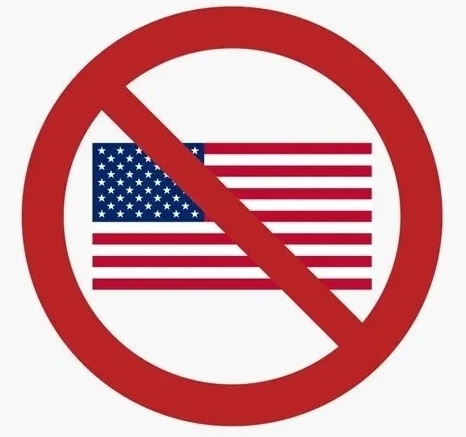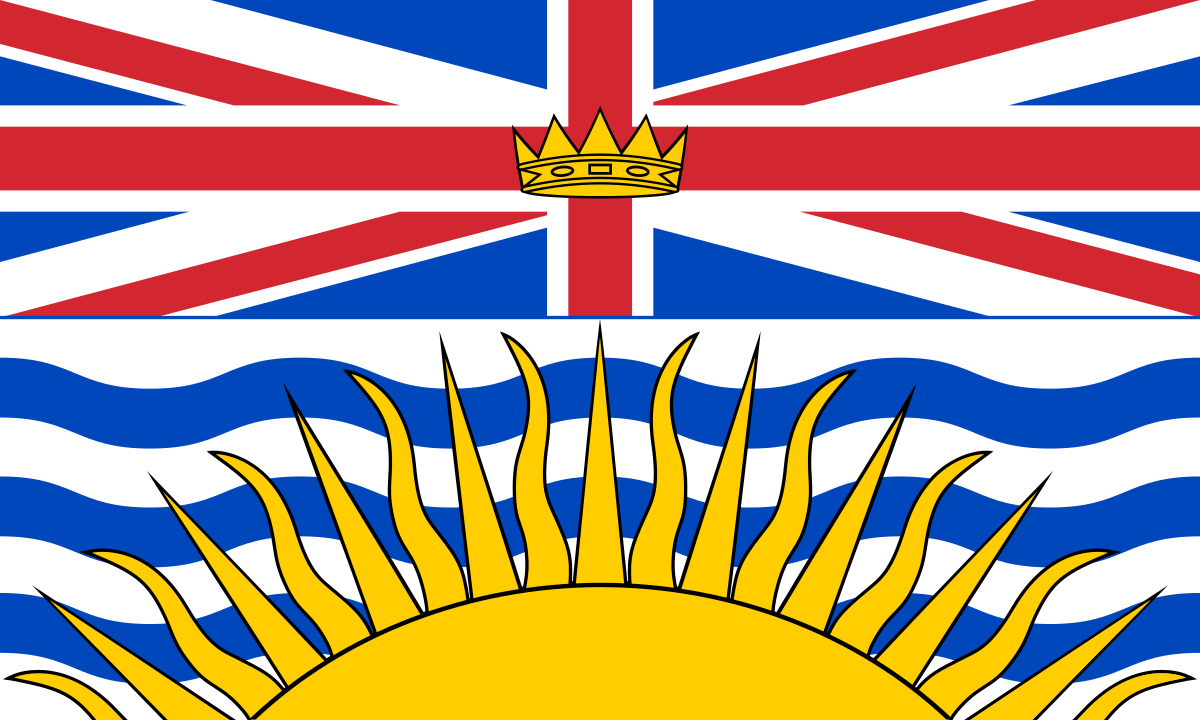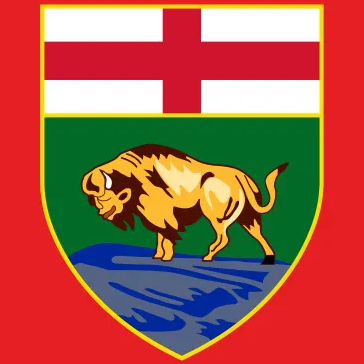

I do love the vertical $10 bill
https://www.bankofcanada.ca/banknotes/bank-note-series/vertical-series/vertical10/
I waddled onto the beach and stole found a computer to use.
🍁⚕️ 💽
Note: I’m moderating a handful of communities in more of a caretaker role. If you want to take one on, send me a message and I’ll share more info :)


I do love the vertical $10 bill
https://www.bankofcanada.ca/banknotes/bank-note-series/vertical-series/vertical10/


I see you made a new community, looking forward to seeing it grow!
You can cross post to !animation@piefed.social to help new users learn about it


I agree, but this isn’t a new thing (which my post may have implied). I see some old projects on here from around 10 years ago, and the description on their site was last updated in 2022 at the latest


If you run it on your own hardware then you know exactly how much energy it’s using. Some of the models can even run on the average computer, but the quality is not great.
The problem we have right now is where everyone is trying to use generative AI for everything, all the time, even for basic takes such as googling for a fact, simple math that could be done on a calculator, etc. They’re also often using the latest and greatest AI models, which are powerful and spend a lot of processing power each time. In order to run the servers to respond to all that, companies use a large amount of power, and then use water to cool the servers. That’s the water usage from what I understand.
So if you use a simpler / more efficient model, and only use it for tasks where it’s better than conventional tools, you’ll be doing much better power usage wise.


It’s actually only 17%, and even that was “I haven’t changed my habits”, which could be someone that was buying Canadian already.
The 53% was people who changed habits and are buying more Canadian/ international. The rest includes no change, drinking less, and people who don’t drink.


Here is the breakdown:
A recent survey of 191 respondents reveals that more than half (53.1%) have changed their alcohol consumption habits since the tariffs were introduced. Of those, 35.1% say they’re now only buying Canadian products, while 12% report drinking less overall. Another 18.3% have doubled down on imports, buying more international options outside the U.S.
But not everyone is convinced that buying Canadian will make a difference. Turns out just under one in five survey respondents (17.3%) admitted they haven’t changed their habits and approximately the same proportion report not drinking alcohol at all.
So the headline is potentially misleading. I also don’t love the survey options, and it’s a pretty small sample size


Neat, thanks :)
Do you have a similar list for other categories (paid, optional cosmetic IAP)


You could post this to !bikinibottomtwitter@lemmy.world


We’ve got something in the works here:
https://fedecan.ca/en/guide/lemmy/for-moderators
We’re still adding and brainstorming content, and then we’ll organize it nicely (similar to the For Users section).
What kind of information would you like to have?


@AnonomousWolf@lemmy.world I’ve added some more context around the screenshot. Would you be able to replace it with your recent article link?


Ah ok, you might want to update the post title and URL fields with this article’s link and the article’s title. Else the mods will likely remove it, see the community rules
The article you linked doesn’t confirm the current title you have up


I’m not sure if those sources are any better since I can’t find anything about them. According to the other comment, there should be other articles about this case since it was on their national news for some time.
Also, some of those articles are dated from 1 year ago. Is there a reason you’re posting this now, such as new updates? Else it would be against the community rules
Edit: The articles I found suggest that the father admitted to it, while the brothers deny involvement and there is another hearing coming up. What I found weird though was the screenshot states the brothers involvement as a fact.
I looked around for the logo on the screenshot, and it seems to be this organization
https://catalyticministries.com/
This other source (which I’m also unfamiliar with) points out that this organization is controversial
https://ministrywatch.com/global-catalytic-ministries-hides-behind-veil-of-secrecy/
It also summarizes the purpose of the org above:
GCM offers varying descriptions of its work, many of them characterized by grandiose but unverified claims, such as “transforming Muslims worldwide,” “750 churches planted throughout the Middle East and Central Asia,” and “bringing disciple-making methods to the West to build a decentralized network of discipleship communities that will prepare America for the end time harvest.”
Which makes the source seem, less credible…


Going off of the last paragraph, it sounds like this happened in the Netherlands


It doesn’t help if this was a long time ago, but you could contest the ticket with the information you gathered.
I know someone who got a ticket but the sign was obscured by a tree branch. After contesting the ticket, the ticket was dropped and the signage was fixed
Cool! Care to cross post this to !selfhosted@lemmy.world ?


Nice :) Dadifer@lemmy.world suggested biweekly, and we can adjust later if we feel it’s too much/little at that point


Cool!
I love the UI for this one, it’s unique compared to the others
That was really cool, worth a post of its own, thanks for sharing!


Feel free to tag anyone that you think might want to weigh in, I’m going to tag @medgremlin@midwest.social, @Dadifer@lemmy.world, @MrShankles@reddthat.com














!aardman@sh.itjust.works